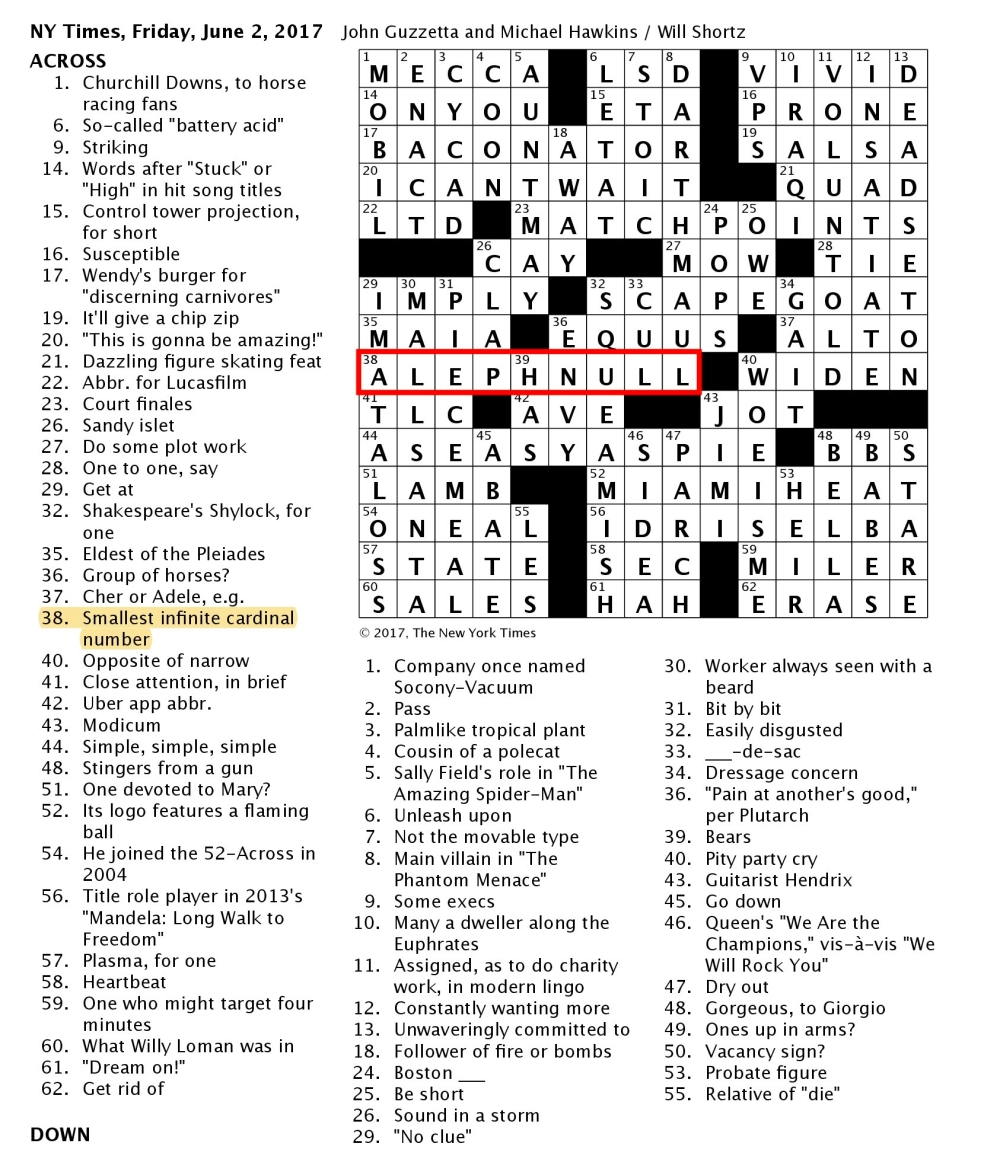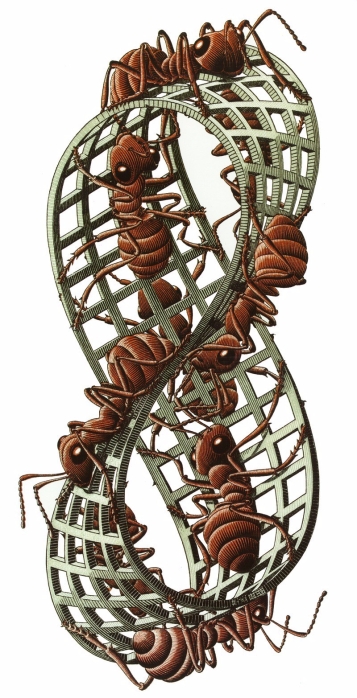Trying to make sense of it doesn’t make sense.
-Last Year at Marienbad
A spa town in the Czech Republic, Marienbad was a favored vacation spot of European royalty and celebrities during the 19th and early 20th centuries. Some mathematicians came, too: Karl Weierstrass, Gösta Mittag-Leffler, and Sofia Kovalevskaya were all drawn by the combination of the restful atmosphere and sparkling social life that could be found at the spa.
Though its golden era ended in the early 20th century, Marienbad remained popular between the world wars. Among the visitors during that time was a young Kurt Gödel. According to some accounts, Gödel’s interest in the sciences was kindled by a teenage visit to Marienbad, during which he and his brother studied Goethe’s philosophical theory of color and found it lacking in comparison to Newton’s more strictly scientific account.
After the war we were in Marienbad quite often with my brother, and I remember that we once read Chamberlain’s biography of Goethe together. At several points, he took a special interest in Goethe’s theory of color, which also served as a source of his interest in the natural sciences. In any case, he preferred Newton’s analysis of the color spectrum to Goethe’s.
-Rudolf Gödel
Goethe himself was a frequent visitor to Marienbad. During an 1823 trip, the 73-year-old Goethe became infatuated with the 18-year-old Baroness Ulrike von Levetzow. The pain caused by her rejection of his marriage proposal led him to write the famous Marienbad Elegy (updated in 1999 by the great W.G. Sebald).
…who dance, stroll up and down, and swim in the pool, as if this were a summer resort like Los Teques or Marienbad.
-Adolfo Bioy Casares, The Invention of Morel
In 1961, Last Year at Marienbad was released. Directed by Alain Resnais and written by Alain Robbe-Grillet, the film is as beautiful as it is inexplicable. On its face, the film is set at a resort hotel; an unnamed man (‘X’) becomes infatuated with an unnamed woman (‘A’) and attempts to convince her that they had an affair the previous year. The film unfolds in combinatorial play, with narration and scenes repeated in ever-evolving and bewildering variation.
A popular theory is that Last Year at Marienbad is actually an adaptation of Adolfo Bioy Casares’ The Invention of Morel, a novel of which our friend Jorge Luis Borges wrote, “To classify it as perfect is neither an imprecision nor a hyperbole.” I will not say much about this, so as not to spoil the book (you should go read it right now), but will only mention that Morel was, in a way, an homage to Louise Brooks, a Hollywood actress with whom Casares was somewhat obsessed and whose performance in Pandora’s Box provided a model for Delphine Seyrig’s performance as ‘A’ in Marienbad. The idea that there is a direct line from Casares and Brooks to the main characters in Morel to ‘X’ and ‘A’ in Marienbad, and that the obscurities of both novel and film are at heart simply odes to the power of cinema is an appealing one.
This theory about the connection between Marienbad and Morel was never acknowledged by the filmmakers (some say that the source text for the film is not Casares’ novel, but rather Wittgenstein’s Philosophical Investigations). Perhaps its fullest explication is given by this article in Senses of Cinema, in which the only sources given by the author are the dust jacket of a different Casares work and an Encyclopedia Britannica article which has since been removed from the online archives. Regardless of the theory’s truth, though, when one views the film through the lens of Morel, it comes tantalizingly close to making sense; the characters of the film lose their agency, consigned to repeating their roles ad infinitum.
At first sight, it seemed impossible to lose your way. At first sight…
–Last Year at Marienbad
The third main character in Marienbad is ‘M’, a man who may or may not be the husband of ‘A’. Throughout the film, we see ‘M’ playing a version of the mathematical game of Nim with ‘X’.
This version of Nim became known by the name “Marienbad” and was a brief craze in certain circles. It even got written about in Time:
Last week the Marienbad game was popping up at cocktail parties (with colored toothpicks), on commuter trains (with paper matches), in offices (paper clips) and in bars (with swizzle sticks). Only two can play, but any number can kibitz — and everyone, it seems, has a system for duplicating “X’s” talent for winning.
-“Games: Two on a Match,” Time, Mar. 23, 1962
The game is a theoretical win for the second player, although, as it is unlikely that a player will stumble upon the winning strategy by accident, ‘X’ is able to win even as the first player. We will return to general winning strategies for Nim and other games in later posts.
-The one who starts, wins.
-You must take an even number.
-You must take the smallest odd number.
-It’s a logarithmic series.
-You must switch rows as you go.
-And divide by three.
-Seven times seven is forty-nine.
-kibitzers in Last Year at Marienbad
I leave you now with Nick Cave’s exquisite “Girl in Amber.” Another secret adaptation of The Invention of Morel? Possible…











